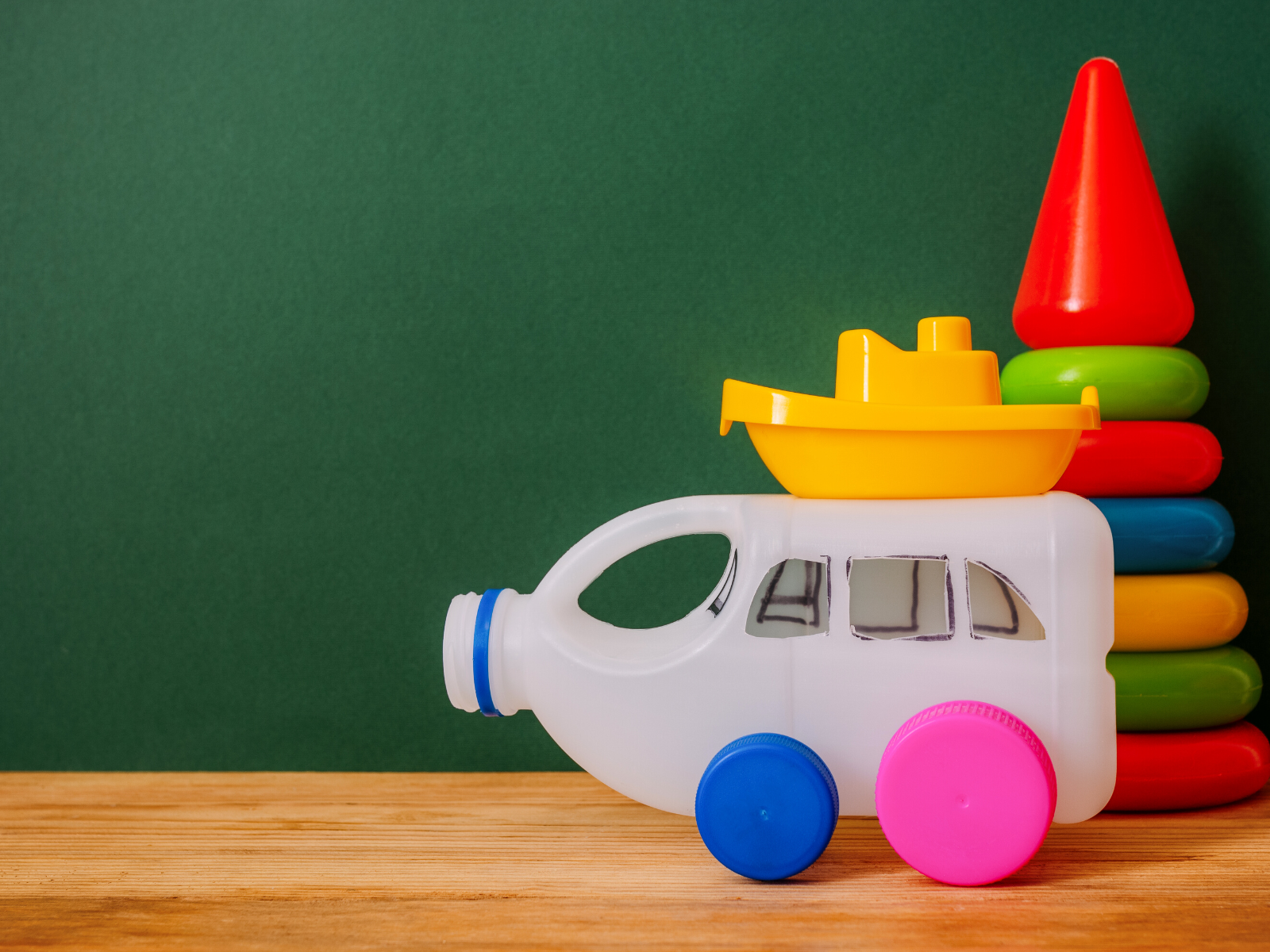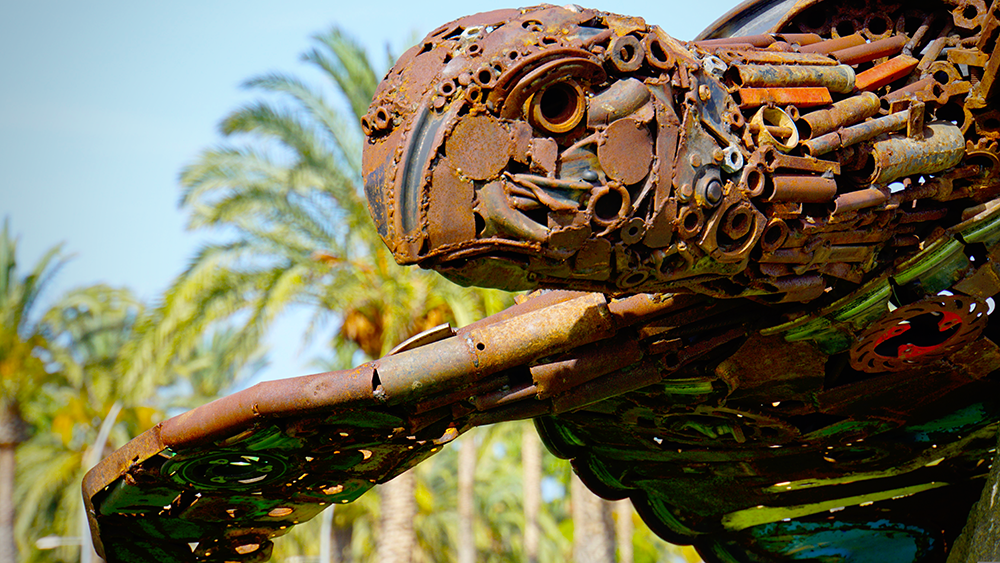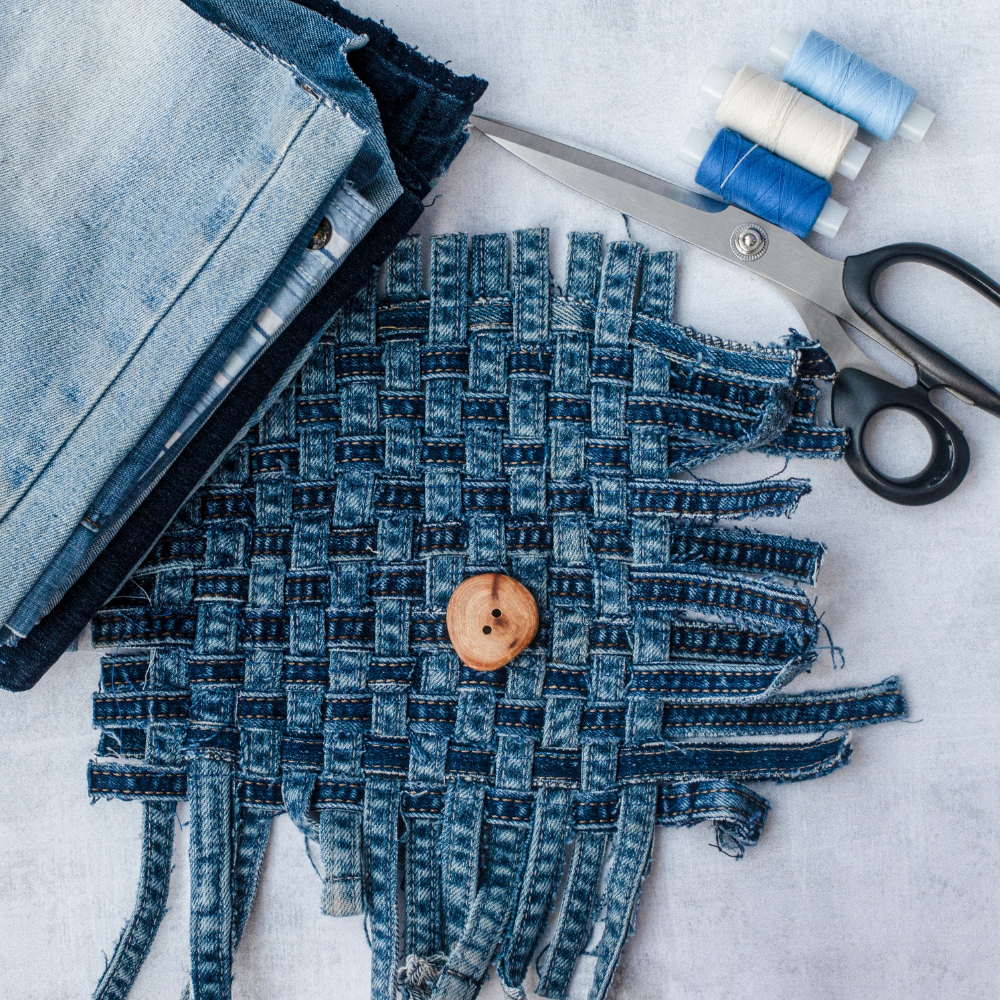Have you ever looked at an old item and seen its hidden potential for new life as a work of art?
Perhaps an abandoned coffee tin caught your eye, its rusted surface begging to tell a new story.
Or the worn sleeves of an oversized t-shirt lingering in the back of your closet sparked creative inspiration.
If so, you've experienced the creative spark that fuels upcycled art - one of the most expressive, eco-friendly art forms around; if you've ever wondered how to turn trash into treasure, upcycled art is for you.
Upcycling is the creative process of transforming discarded items into works of art.
Rather than tossing something in the recycling bin, upcycled artists rescue "trash" and breathe new life into it.
From repurposed bottle jewelry to furniture fashioned from license plates, upcycled art allows the imagination to run wild.
It's the consummate blend of creativity and sustainability, breathing new life into items that many consider waste.
In this post, we'll dive deep into the world of creative reuse and share tons of inspiring examples and tutorials to get you started on your own upcycled art creations.
Whether you're a seasoned art pro or complete beginner, get ready to find treasure in trash and spread your wings of imagination!
Get ready to get your hands dirty - it's time to upcycle!
Key Takeaways:
- Upcycled art is a form of sustainable art that involves transforming discarded materials into valuable artistic creations.
- This artistic movement not only reduces waste but also raises awareness about environmental issues through creative expression.
- Upcycling can give a second life to a wide range of materials, from plastic bottles to old clothes, with the only limit being the artist's imagination.
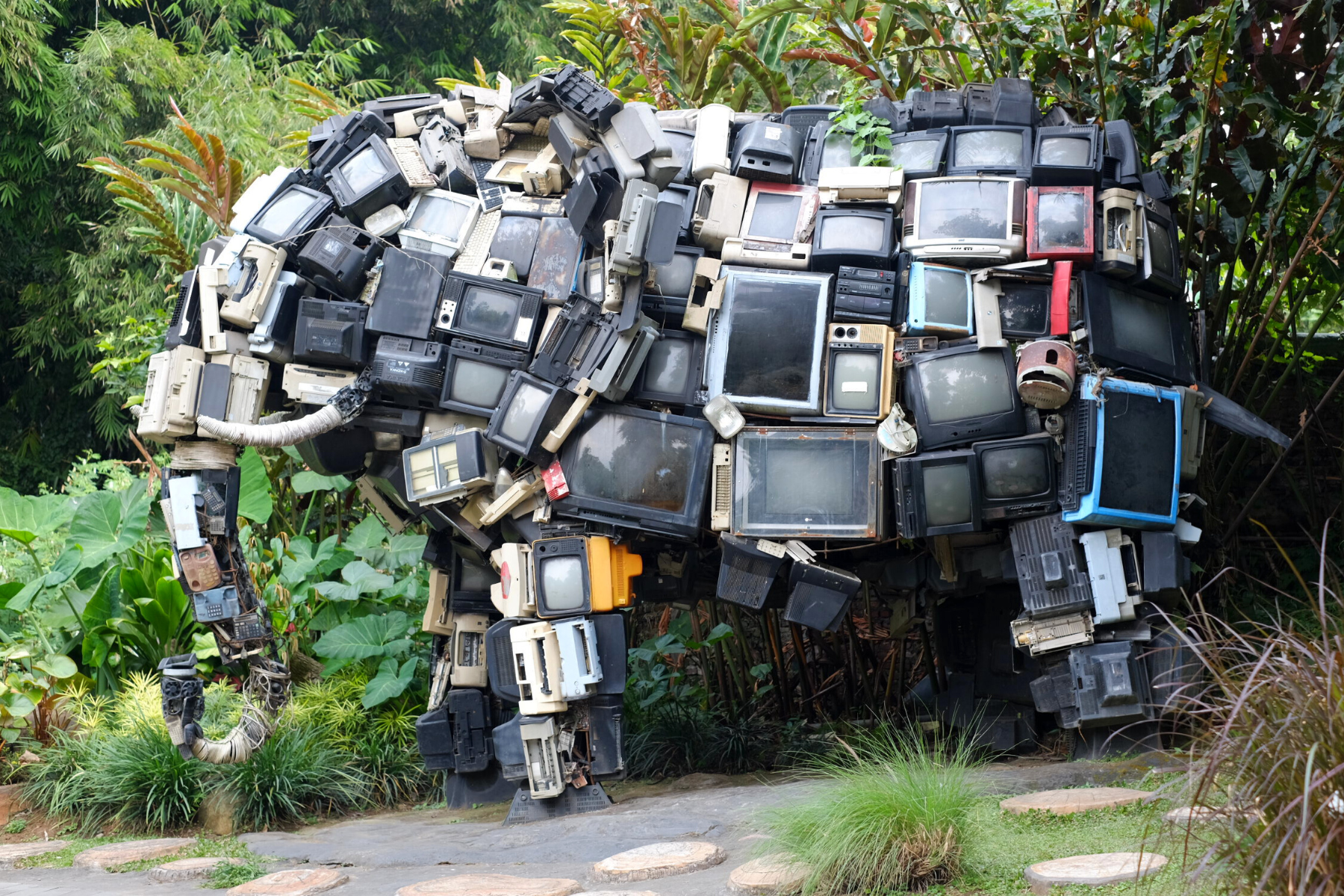
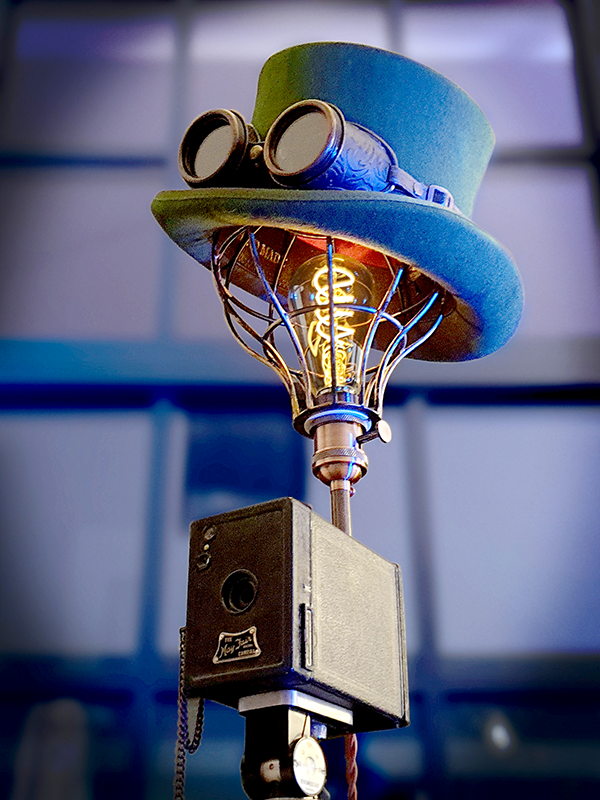
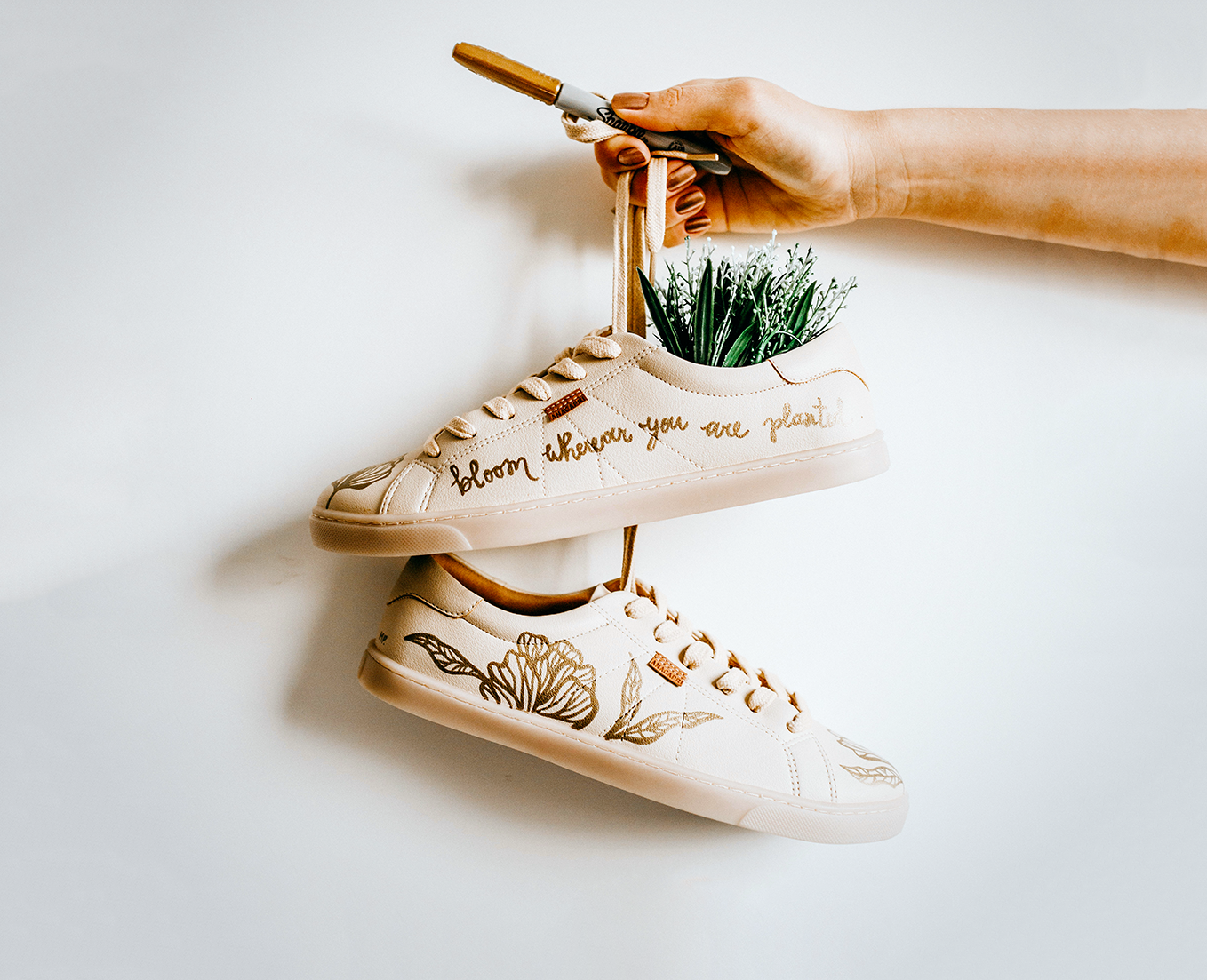
What is Upcycling?
Upcycled art is an innovative and environmentally conscious artistic movement that has gained significant traction in recent years.
At its core, what is upcycled art?
Upcycling is the process of taking discarded materials and transforming them into something useful and beautiful.
From trash to treasure, you can create stunning pieces of art that stand out from the rest.
It is the process of taking discarded materials and transforming them into works of art that possess as much value, if not more, than the original materials.
This form of creating art is not just about making something new; it's about infusing artistic value into items that would otherwise contribute to environmental pollution.
The concept of upcycling is not entirely new.
In the past, people would reuse materials out of necessity, such as turning old clothes into quilts or using glass jars for storage.
Icons like Pablo Picasso have been known to incorporate found objects into their works, but today's upcycling art takes this idea to a whole new level.
Recycling artists who specialize in upcycled art are not just creating beautiful objects; they are making a statement about the destructive cycle of consumption and waste in today's society.
However, with the rise of consumerism and throwaway culture, upcycling has become a more conscious choice to reduce waste and create sustainable art.
One of the most significant advantages of upcycled art is its potential to raise awareness about environmental issues.
By turning discarded materials into beautiful and functional pieces, upcycling artists can spark conversations about the impact of waste on the planet and inspire others to join in on the movement.
There are no limits to what can be transformed - from old tires to broken furniture or even electronic waste.
The Essence of Upcycled Art
Upcycled art is a testament to the creative reuse of materials that would typically be considered waste.
By transforming waste into something of greater quality or for better environmental value, artists are challenging the notion that resulting objects lose quality after their initial use.
Upcycled materials can range from fabric remnants to plastic rubbish, and the resulting pieces can be as diverse as haute couture fashion or intricate sculptures.
The artistic expression found in upcycled art is boundless.
Each piece tells a story of transformation and new life, often with a critical message about the excessive consumption and environmental impact of our modern lifestyles.
These upcycled creations serve as a very interesting educational tool to raise awareness about sustainability and the importance of reducing waste.
So, the next time you're about to throw something away, think twice - it could be a potential masterpiece waiting to be upcycled!
The Process of Creating Upcycled Art
Creating upcycled art is a meticulous process that involves a significant amount of creativity and planning.
Artists must first find recycled art materials, which can be anything from soda cans to old clothes.
They then envision a new purpose for these mundane objects, often spending many hours conceptualizing and executing their designs.
The transformation of these unwanted products into amazing works of art is not just about making something eye-catching; it's about adding new materials and value to items that would otherwise contribute to environmental pollution.
The energy consumed in this creative intervention is minimal compared to the production of new raw materials, highlighting the environmental benefits of upcycling.
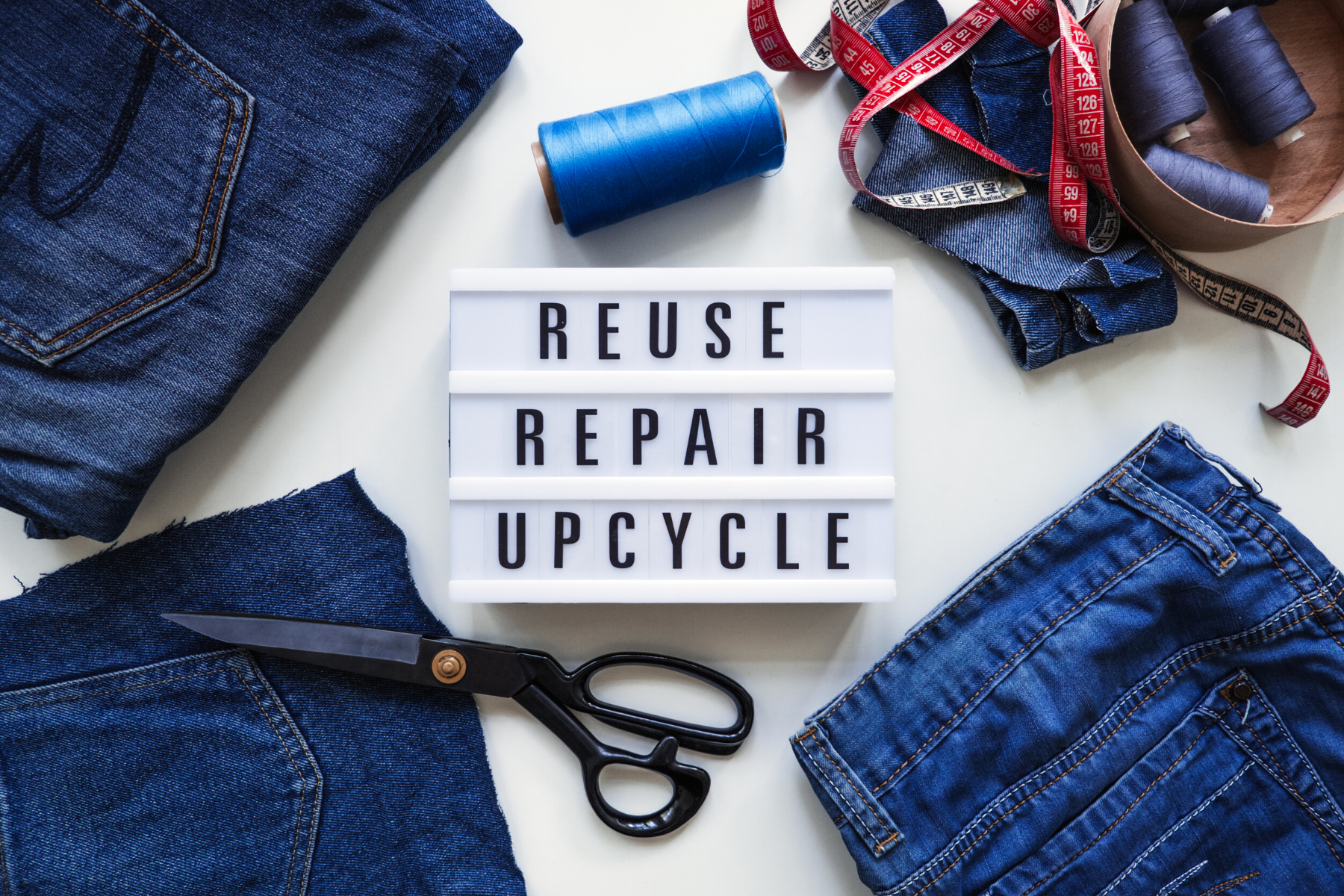
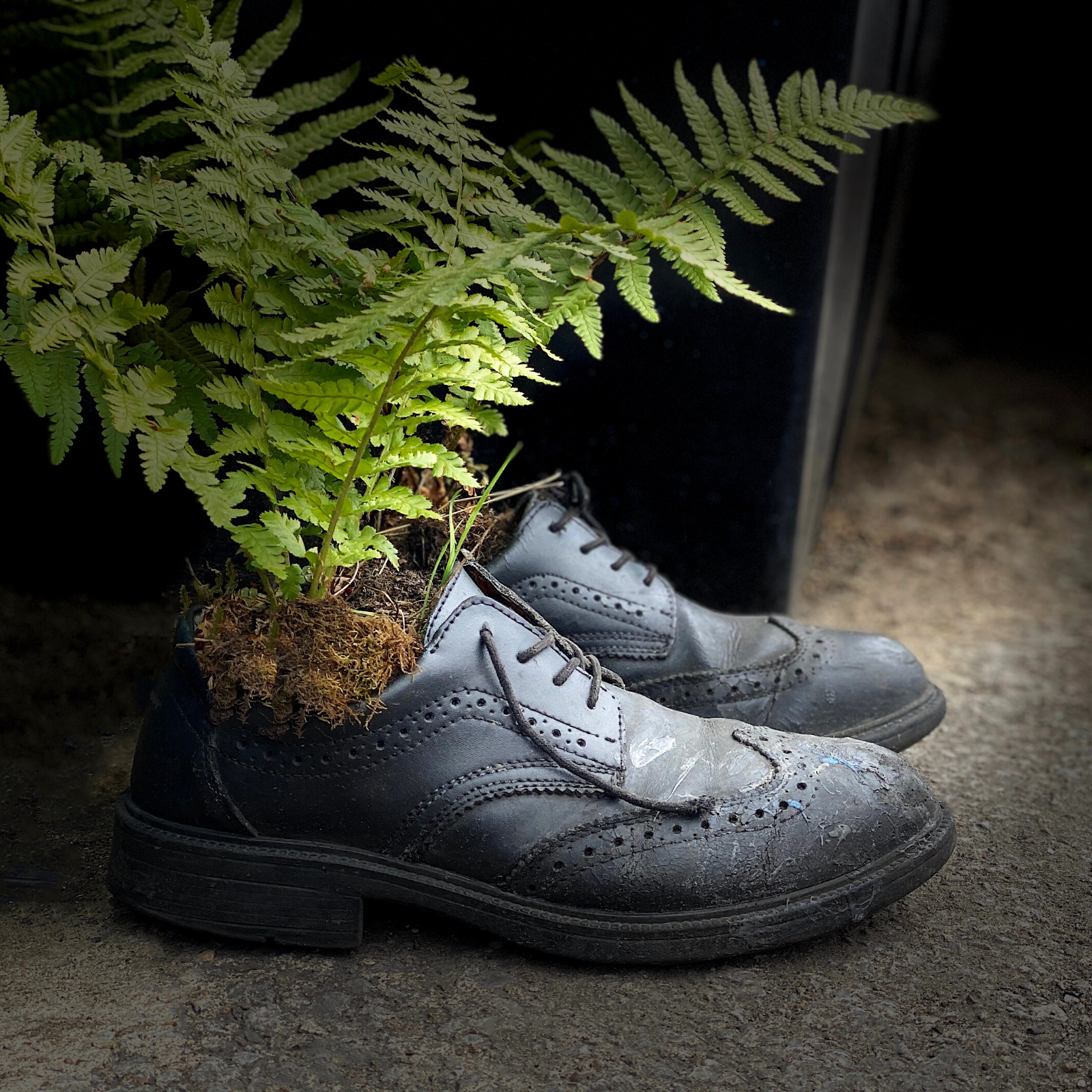
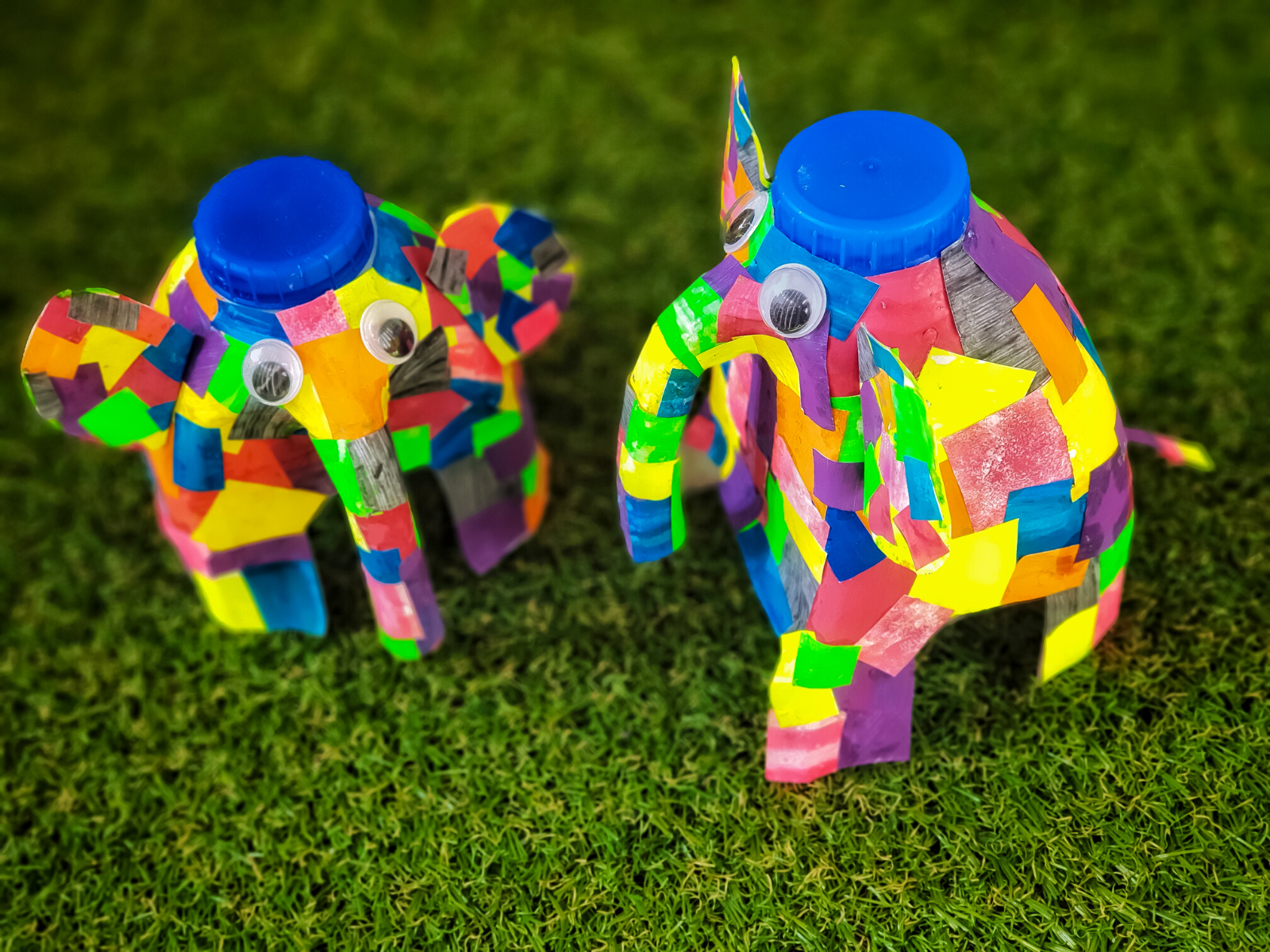
Upcycle vs. Recycle: Understand the Difference
While both upcycling and recycling involve the reprocessing of waste materials, there is a distinct difference between the two.
Recycling typically breaks down waste materials into their raw materials to create new products, often at the expense of energy consumed and the risk that the final product may be of lesser quality.
Upcycling, on the other hand, directly repurposes discarded materials without breaking them down, often resulting in products of greater quality and artistic value.
This distinction is crucial in understanding the environmental values of upcycling.
By transforming by-products of today's society into useful materials without the need for extensive processing, upcycling art contributes to reducing the enormous amount of waste generated and the environmental pollution associated with new production.
The Main Characteristics of Upcycled Art
Upcycled art is not just about transforming by-products into something new; it's about the vision and execution that recycling artists bring to the table.
The main characteristics of upcycled art hinge on the artist's imagination and the ability to see potential in the discarded.
These works are attractive not only because they are eco-friendly but also due to their unique aesthetic appeal.
Each piece tells a story, often reflecting the history of the materials used, and stands as a testament to the creativity involved in giving new life to what was once considered waste.
In today's society, which generates a significant amount of waste, upcycled art serves as a poignant commentary on consumption and sustainability.
The environmental benefit of repurposing materials is clear, but the cultural impact is just as profound.
Upcycled art challenges our perception of value, turning products perceived as obsolete into coveted artworks.
This shift in perspective is one of the main characteristics that sets upcycled art apart, making it a powerful movement within both the art world and environmental circles.
Transform By-Products into Eye-Catching Masterpieces
In today's society, which generates an unprecedented amount of waste, upcycled art serves as a beacon of sustainability.
By transforming by-products into eye-catching art, recycling artists are redefining the lifecycle of materials.
Their creations are not only eco-friendly but also serve as a powerful commentary on the throwaway culture that pervades modern life.
Upcycled art pieces often stand out for their ingenuity and ability to provoke thought, making them a compelling addition to any space.
The allure of upcycled art lies in its ability to make the ordinary extraordinary.
Works that are attractive to the public often feature a blend of unexpected materials, colors, and textures, all coming together in a harmonious composition.
These pieces capture the attention of viewers, drawing them in to explore the deeper message behind the art.
As a result, upcycled art is gaining recognition for its role in promoting environmental awareness and for its contribution to a more sustainable future in today's society.


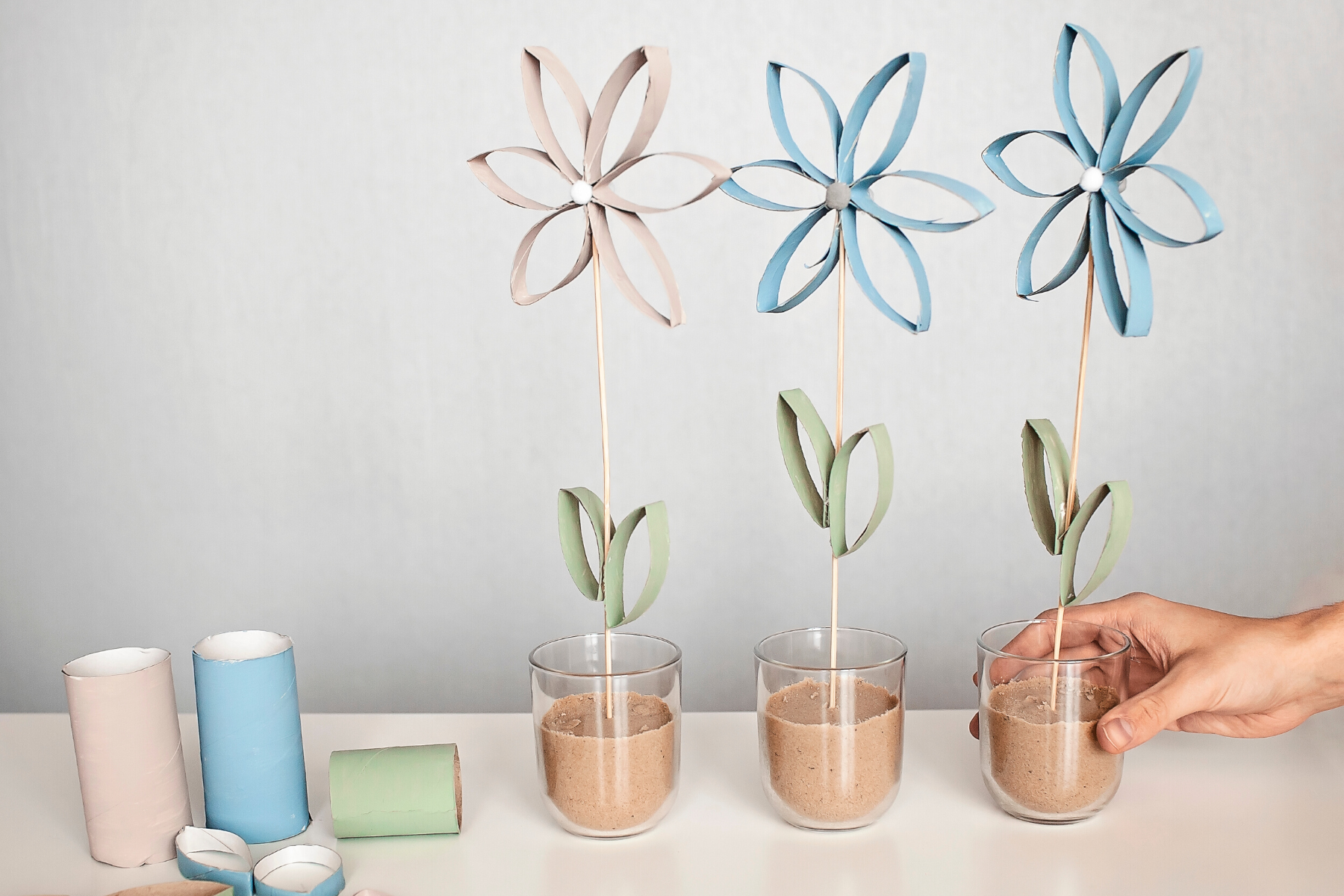
Upcycled Fashion: Old Clothes to Haute Couture
The fashion industry is notorious for its waste generated and environmental pollution.
However, upcycled art has found a place in this realm, turning old clothes and fabric remnants into haute couture pieces.
Designers are transforming waste into fashion statements, proving that sustainable art can have just as much, if not more, artistic value as traditional fashion.
These upcycled creations are not only amazing works of art but also serve as a very interesting educational tool to raise awareness about the environmental benefits of sustainable art.
By creating art from discarded materials, fashion becomes a platform for environmental values and eco-friendly innovation.
Benefits of Upcycling
Upcycling not only benefits the environment but also has economic and social benefits.
By reducing waste, upcycling helps to conserve natural resources, reduce carbon emissions, and decrease landfill use.
Upcycling also stimulates the local economy by creating jobs in the upcycling industry and providing affordable products for consumers.
Furthermore, upcycling fosters creativity and innovation, encourages community involvement, and can even have therapeutic effects.
By engaging in upcycling, individuals can contribute to a more sustainable future while also expressing their creativity and making a positive impact on their community.
The Role of Upcycled Art in Society
Upcycled art plays a significant role in today's society by generating a conversation about sustainability and environmental issues.
It serves as an essential action against the excessive consumption that leads to environmental pollution.
Artists who engage in upcycling are not only creative reuse enthusiasts but also advocates for eco-friendly practices.
By showcasing how everyday objects can be given a second life, upcycled art encourages individuals and communities to reconsider their own consumption habits.
It's a creative intervention that carries a critical message: our environmental impact can be mitigated through creative reuse and the transformation of waste materials into useful materials.
Today's society generates an unprecedented amount of waste, and upcycled art offers a creative and practical solution to this growing issue.
By transforming by-products and discarded items into eye-catching and meaningful pieces, upcycled art not only reduces the strain on landfills but also inspires a shift towards more sustainable living.
The presence of upcycled art in various sectors, from home decor to public installations, reflects its growing acceptance and the value it adds to contemporary life.
The role of upcycled art in today's society extends beyond environmental benefit; it also serves as a catalyst for change.
As more individuals and organizations embrace the eco-friendly ethos of upcycling, the practice encourages a broader conversation about consumption and waste management.
Upcycled art has the power to influence public opinion and policy by showcasing the potential of reimagined waste, proving that with a bit of creativity, what is old can be new again, and even more beautiful.

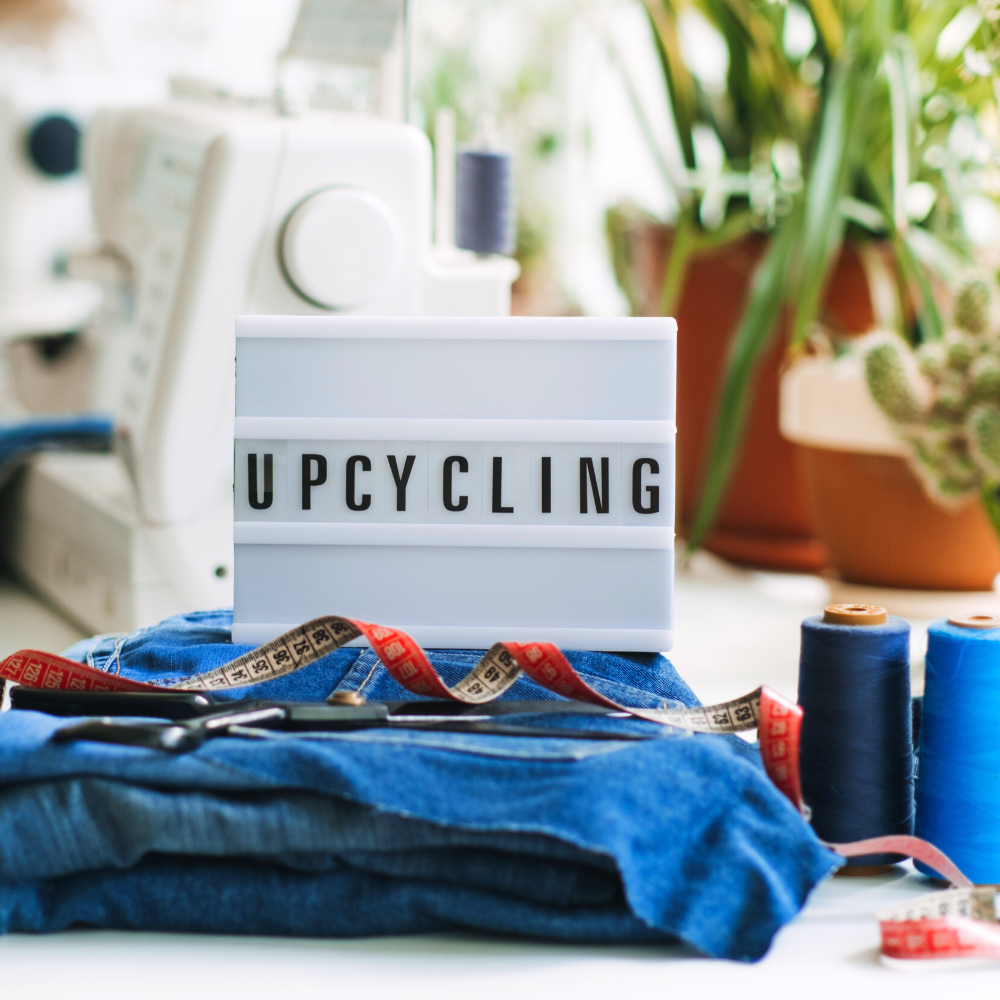
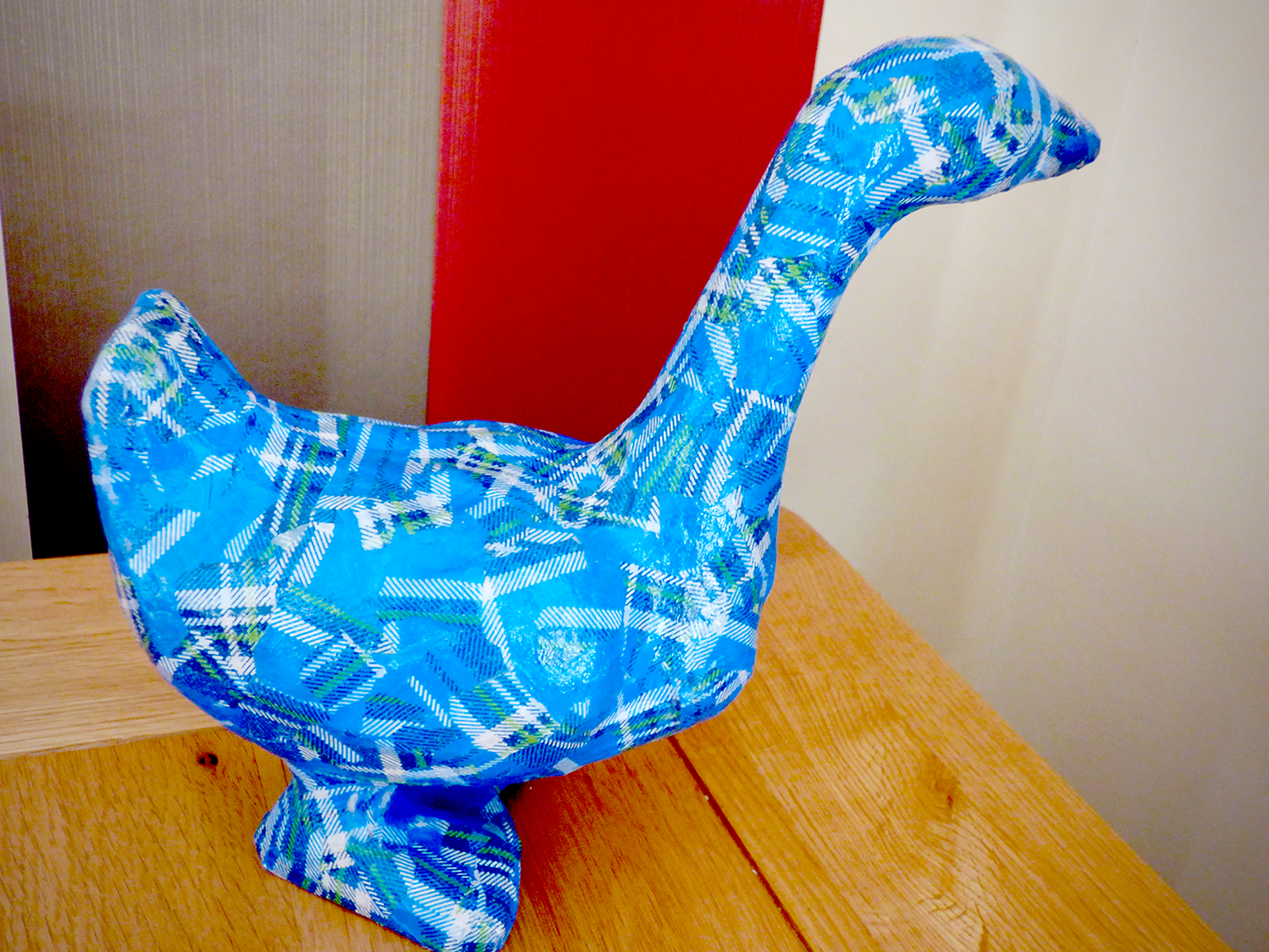
Significance of Recycling Artists in Upcycled Art
Recycling artists are the unsung heroes in the realm of upcycled art.
Their ability to see the latent potential in discarded materials is nothing short of alchemy.
These artists harness their imagination to transform by-products of today's society into eco-friendly masterpieces.
Their work not only reduces waste but also challenges our perception of what is traditionally considered 'artistic material.'
By repurposing items that would otherwise contribute to landfill, recycling artists upcycled art becomes a testament to creativity and environmental responsibility.
The artist's imagination plays a pivotal role in elevating upcycled art from mere craft to a respected art form.
It is the unique vision of the artist that turns everyday objects into eye-catching installations or sculptures.
These works are attractive not only for their aesthetic appeal but also for the narrative they carry—a narrative of transformation and rebirth.
As recycling artists continue to innovate, they inspire a new generation to view waste as a canvas for creativity, making upcycled art a growing trend in eco-conscious circles.
The Environmental Impact of Upcycled Art
One of the most compelling aspects of upcycled art is its positive environmental impact.
By transforming waste into new materials, artists are directly contributing to the reduction of waste materials and the energy consumed in the production of new goods.
Upcycled art serves as a practical example of how creative reuse can lead to significant environmental benefits.
The artistic movement of upcycling also serves to raise awareness about the critical message of sustainability.
Each upcycled creation is a statement about the importance of reducing waste and transforming by-products into useful materials that carry as much value as newly manufactured items.
This message is not only relevant in the art world but also in society at large, making upcycled art a powerful tool for promoting sustainable living.
It challenges the notion of 'one man's trash is another man's treasure' by demonstrating that with creativity and innovation, what was once considered waste can become highly coveted pieces.
As we continue to face pressing environmental issues, the role of upcycled art and recycling artists will only become more significant.
Their work serves as a poignant reminder that we have the power to transform our planet's future by creatively reusing what we already have at hand.
Upcycled Art as an Educational Tool
Upcycled art is not only a form of artistic expression but also a very interesting educational tool.
It provides a tangible way to raise awareness about environmental issues and the importance of sustainability.
Through workshops, exhibitions, and community projects, upcycled art can teach people of all ages about the environmental benefits of creative reuse and the importance of reducing waste.
Educational initiatives that focus on upcycled art can inspire individuals to take essential action in their own lives, whether by creating art from recycled objects or by adopting more eco-friendly consumption habits.
The environmental values promoted by upcycled art are crucial in fostering a more sustainable future.
With the help of recycling artists and their creations, upcycled art can continue to serve as a powerful educational tool that sparks meaningful conversations and sparks change in how we view our impact on the planet.
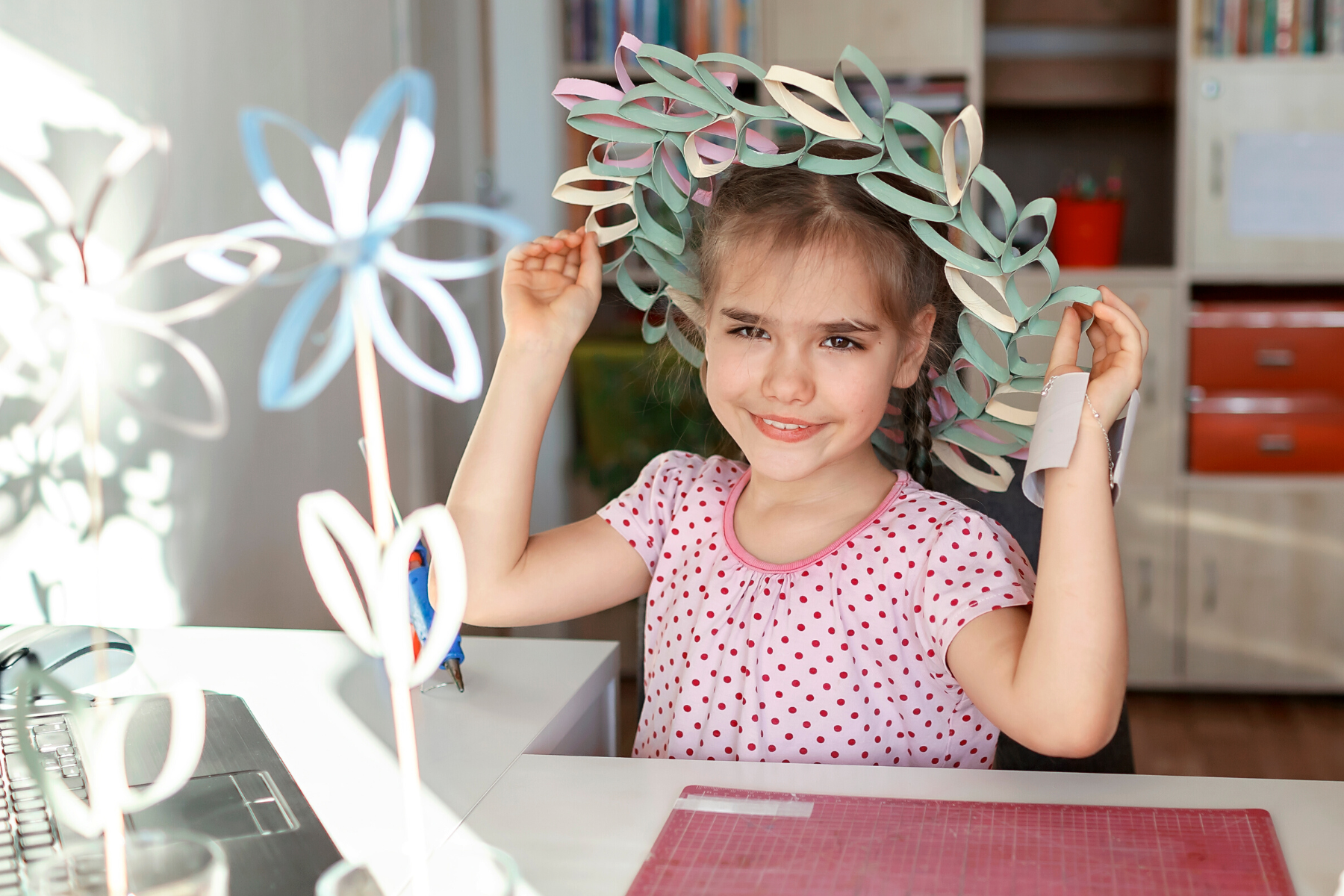
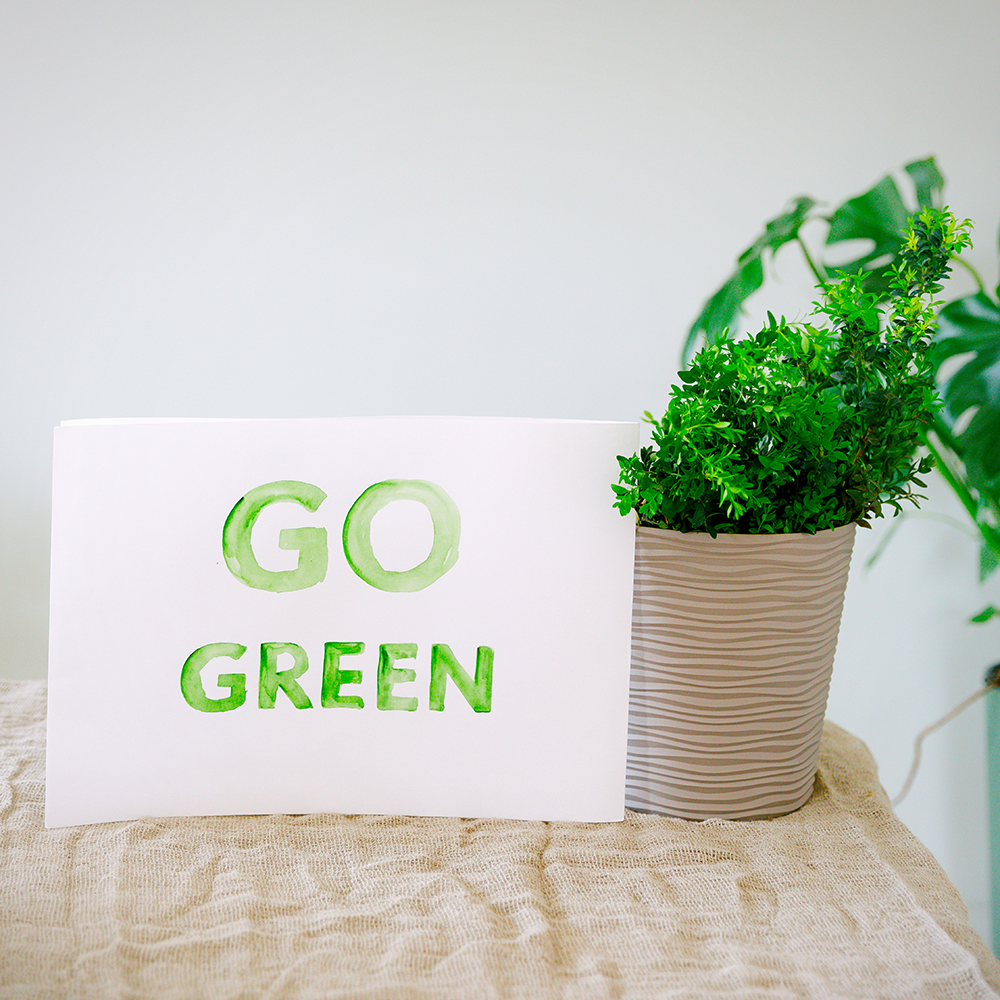
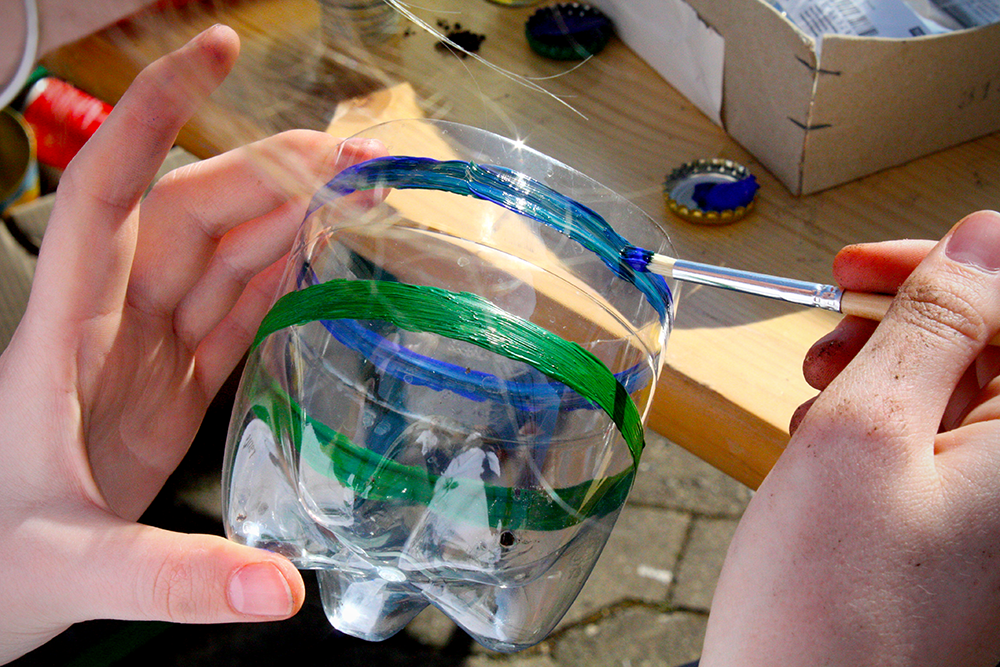
Raising Awareness & Beautifying Public Spaces
Upcycled art installations in public spaces serve a dual purpose: they beautify urban environments and raise awareness about environmental issues.
These artistic interventions can turn plastic bottles, soda cans, and other waste materials into eye-catching sculptures and installations that carry a critical message about environmental pollution and the need for sustainable art.
By placing upcycled art in the public eye, artists and communities can engage in a dialogue about the environmental impact of waste materials and the potential for creative reuse to reduce waste and transforming by-products into useful materials with new life.
These installations often serve as a reminder that our actions have an impact on the planet, and we all have a responsibility to make more conscious choices.
As upcycled art continues to gain recognition, it has become an integral part of transforming urban landscapes into vibrant, sustainable hubs.
Future of Upcycled Art: Trends and Innovations
The future of upcycled art is bright, with new trends and innovations emerging regularly.
Artists are continually finding new ways to create with recycled objects, pushing the boundaries of artistic expression and sustainable art.
From mundane objects to plastic rubbish, the potential for upcycled materials is limitless, and the only limit is the artist's imagination.
As more people become aware of the environmental benefits of upcycling and the critical message it conveys, we can expect to see an increase in upcycled creations across various sectors, from fashion to public art.
This artistic movement is not just about creating art; it's about inspiring essential action for a more sustainable world.
By embracing upcycled art and supporting recycling artists, we can all play a role in shaping a better future for generations to come.
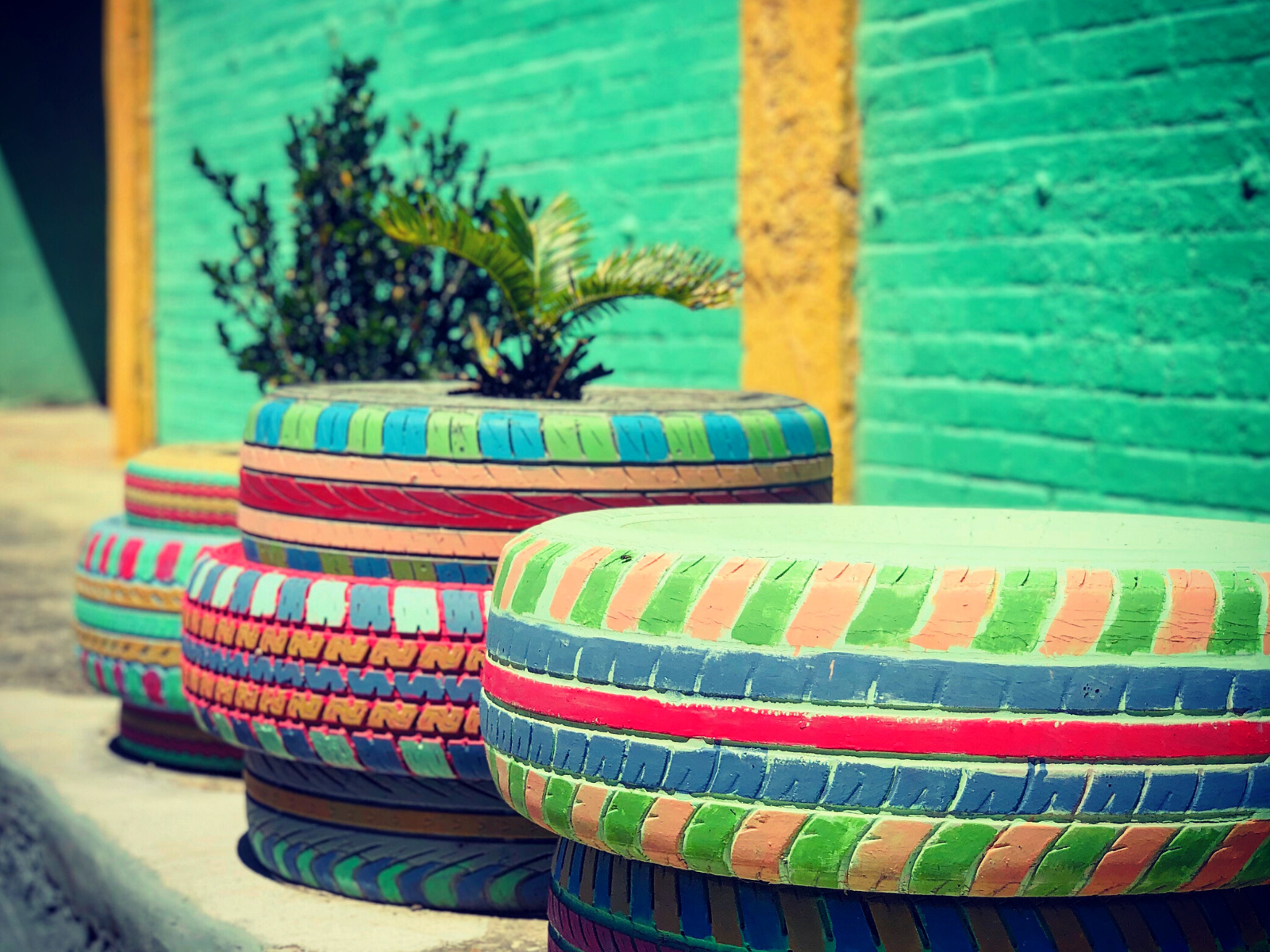
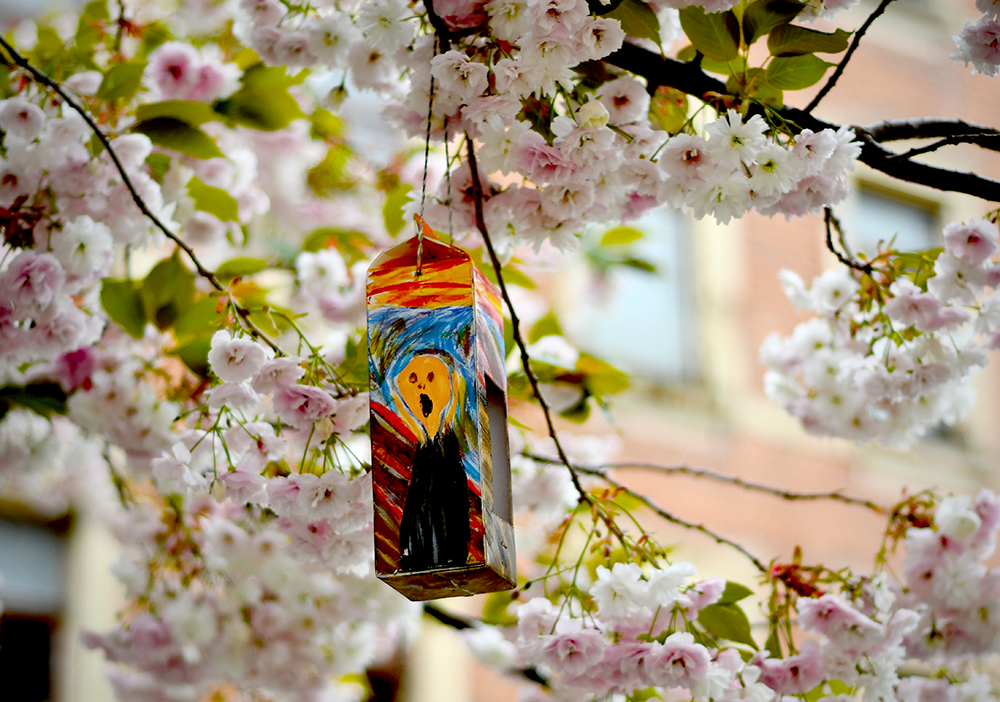

Getting Started with Upcycling
Ready to dive into the world of upcycled art and unleash your creativity?
Here are some upcycling tips to get you started:
- Start small: Begin by experimenting with simple materials and objects to get a feel for the process.
- Look for inspiration: Browse online or visit local galleries to see what other artists have created with upcycled materials.
- Unleash your imagination: Don't be afraid to think outside the box and explore unconventional materials and techniques.
- Join a community: Connect with other upcycling enthusiasts and share ideas, resources, and support.
- Reimagine waste: Instead of throwing something away, think about how you can repurpose it into something new and useful.
By incorporating upcycling into our daily routines, we can all play a part in creating a more sustainable world.
Let's turn waste into art and make a positive impact on our planet through the power of creativity and innovation.
The possibilities are endless; let's join the upcycling movement and make a difference together!
Upcycled Art as a Catalyst for Change
Upcycling is not just a trend; it's a movement with a meaningful purpose.
Upcycled art is a powerful form of sustainable art that breathes new life into discarded materials, transforming them into artistic creations with significant environmental benefits.
This artistic movement serves as a creative intervention to reduce waste, raise awareness about environmental issues, and promote eco-friendly practices.
With the artist's imagination as the only limit, upcycled art is set to continue making a positive impact on both the art world and the environment.
Through upcycled art, we can reduce waste and inspire others to do the same, promoting sustainable living and creating a better world for all.
Whether through fashion, home décor, or public installations, upcycled art has found its place in society as a powerful tool for change.
Upcycling is the perfect way to unleash your creativity while contributing to a more sustainable planet.
From upcycling furniture to making jewelry from recycled materials, there are countless ways to upcycle items that might otherwise be discarded.
Through thrifting, recycling, and repurposing, we can all play a part in reducing waste and creating a more eco-friendly world.
Remember, every upcycling project you do is an act of kindness towards the planet.
So, let's continue to embrace our creativity and reimagine the world, one discarded item at a time!
Go ahead and be bold – create something beautiful out of the trash, and let your creativity soar!
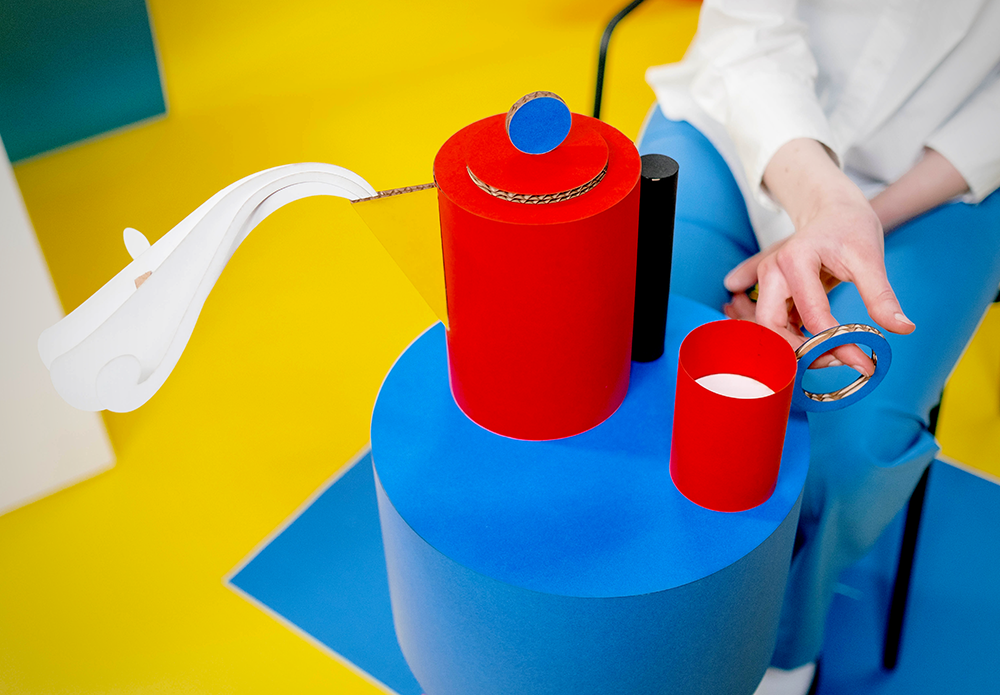
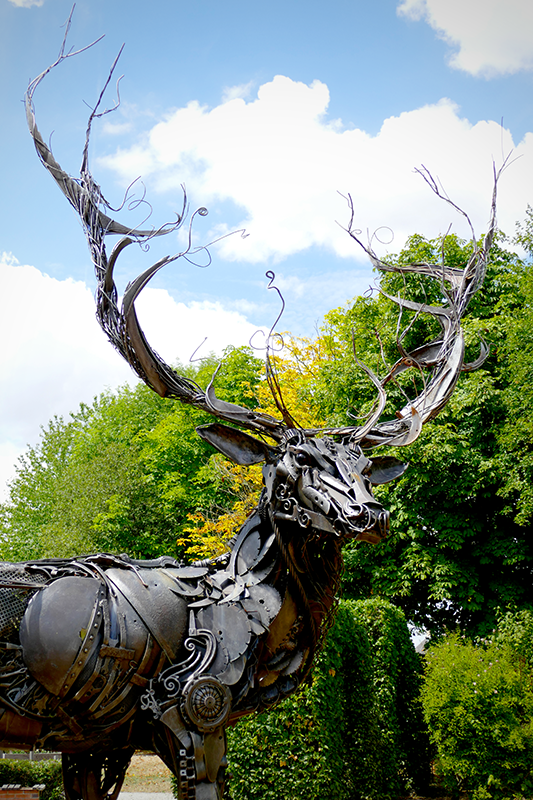

Eager to learn more about upcycling and upcycled art? Check out ABC TV & iview's video!
Want even more content about creativity and art?
Be sure to check out all of our creative chronicles!
Ready to dive into the world of upcycling and recycled art?
Check out some of our other articles:
-What is the difference between upcycled and repurposed?
